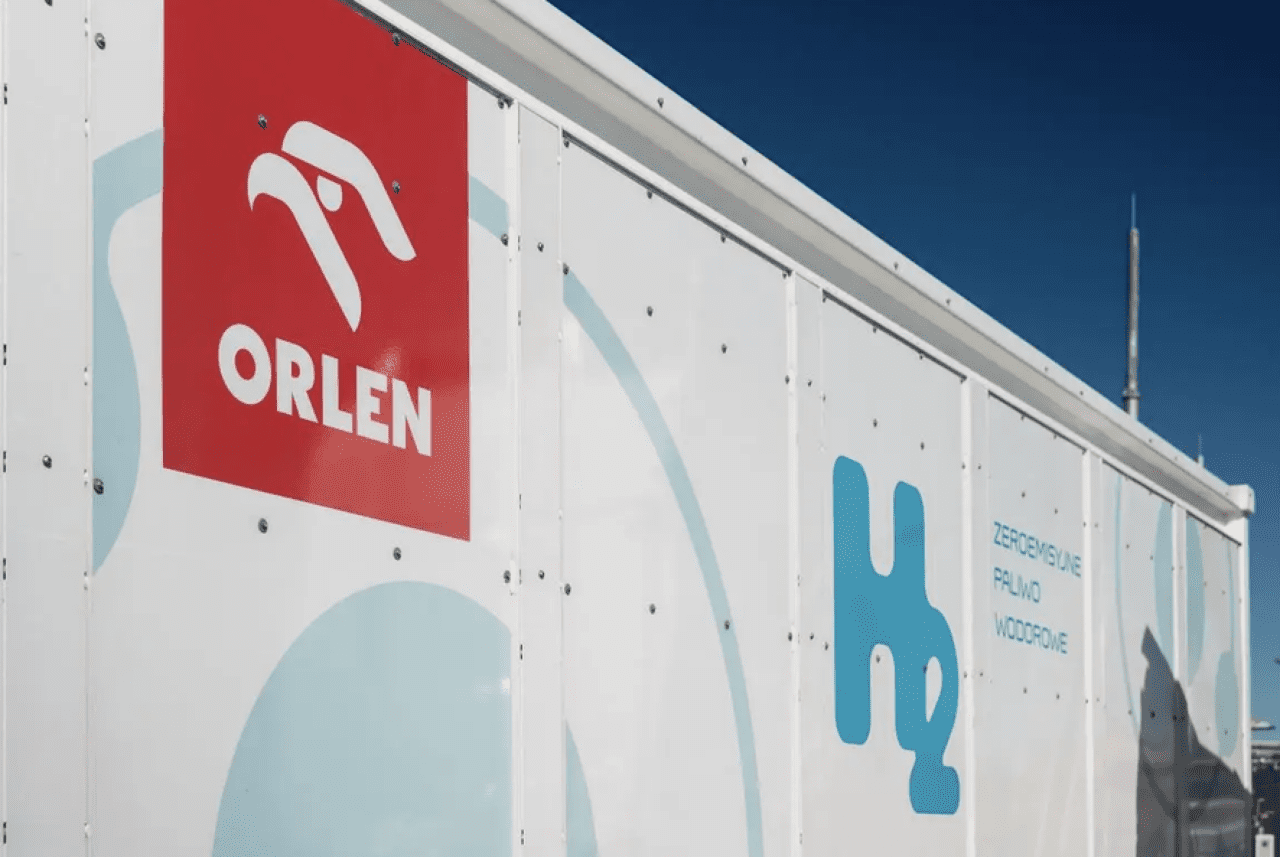As the world accelerates its transition to decarbonization and digital infrastructure, companies like GE Vernova (GEV) and Emerson Electric (EMR) emerge as key players in the energy technology market. Both firms are positioned to benefit from increasing global demand for sustainable energy solutions, yet they follow different business models and strategies.
**GE Vernova: Focused on Clean Energy** GE Vernova is dedicated exclusively to energy generation and technologies aimed at reducing carbon emissions. The company is expanding its presence in the clean energy sector through partnerships and new projects. Recently, GEV collaborated with Japan’s Ministry of Economy, Trade and Industry to bolster energy security. In Europe, it secured a contract to supply 12 onshore wind turbines to Çalik Renewables for projects in Kosovo, aligning with the nation’s renewable energy goals for 2030. Additionally, GEV signed a service agreement with Uniper in the UK to enhance gas turbine efficiency at the Grain power station, aiming to lower emissions.
Financially, GEV is in a strong position, reporting $8.11 billion in cash and no debt as of March 31, 2025. This solid financial footing supports the company’s commitment to invest $5 billion in research and development (R&D) by 2028, with plans to allocate half of this towards improving current products and the other half to innovation.
However, GEV faces hurdles in its offshore wind sector, grappling with rising material costs, supply chain disruptions, and regulatory delays. These challenges have resulted in a 53.7% revenue decline in its offshore wind division in the first quarter of 2025 due to slower production rates.
**Emerson Electric: Diversified Solutions** In contrast, Emerson Electric offers a broader array of industrial solutions that encompass advanced automation, process control, and energy efficiency. EMR controls 65,000 wind turbines globally and has automated one of the largest green hydrogen facilities, showcasing its role in critical infrastructure that supports cleaner energy production. Currently, 70% of the world’s liquefied natural gas (LNG) passes through Emerson’s valves, emphasizing its integral position in the clean energy sector.
As of March 31, 2025, Emerson reported $1.89 billion in cash, with current debt at $6.19 billion and long-term debt at $8.18 billion. This debt might limit short-term financial flexibility, impacting its ability to invest in expanding manufacturing capacity for automation products critical to the renewable energy sector.
Emerson also faces challenges due to industry-wide supply chain issues and rising material costs, which could hinder its ability to deliver products promptly. The ongoing shortage of raw materials and labor poses operational risks for large-scale manufacturers.
**Comparative Analysis** The Zacks Consensus Estimate for GEV projects a 6.4% increase in sales and a 28.3% increase in earnings per share (EPS) for 2025 compared to the previous year. Meanwhile, Emerson’s estimates indicate a 3.3% sales increase and a 9.3% rise in EPS for the same period.
In terms of stock performance, GEV has outperformed EMR, with a 45.5% increase over the past three months compared to EMR’s 15.1%. Over the past year, GEV shares surged 178.7%, while EMR’s rose by 19%.
Despite GEV’s higher valuation, with a forward earnings multiple of 52.91X compared to EMR’s 20.51X, Emerson shows greater efficiency in generating profits from its equity base, reflected in its Return on Equity (ROE).
**Investment Perspective** Both GE Vernova and Emerson Electric are well-positioned to capitalize on the transition to renewable energy. GEV’s focus on clean energy, strong balance sheet, and promising earnings outlook may appeal to investors seeking dedicated exposure to decarbonization efforts. Conversely, EMR’s diversified offerings and lower valuation might attract those looking for broader industrial exposure.
Investors may find value in holding both stocks, as each has unique advantages and challenges. However, for those prioritizing clean energy investments and financial stability, GEV presents a more attractive long-term opportunity given Emerson’s higher debt levels and ongoing supply chain struggles. Currently, both stocks carry a Zacks Rank #3 (Hold).




